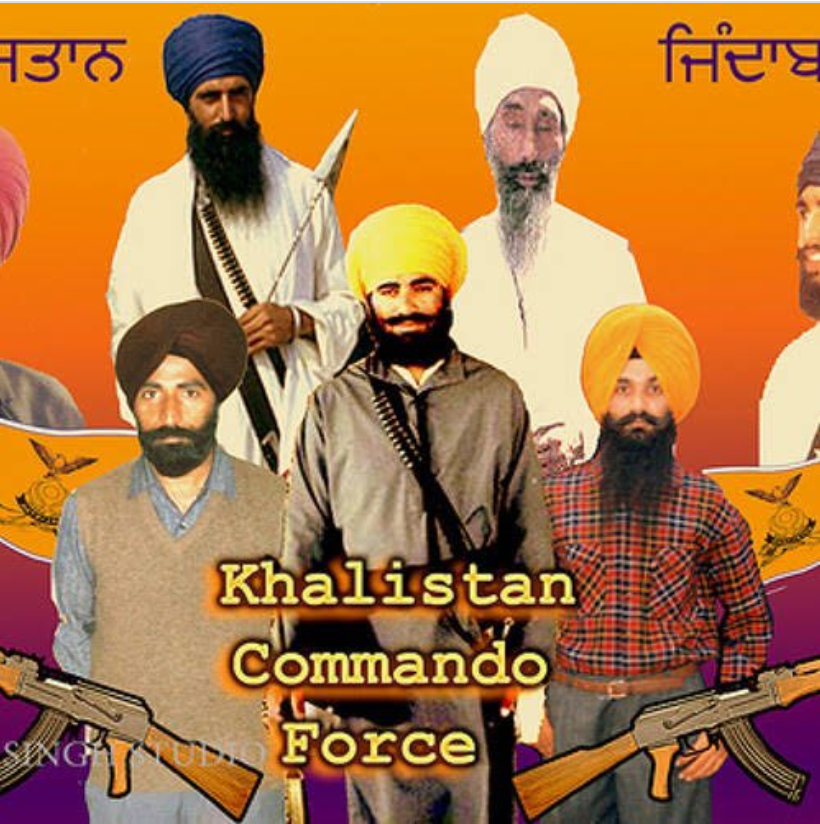Which Militant groups form Khalistan Movement?


Author: @NorbertElikes
The Khalistan movement was marked by various militant groups advocating for an independent Sikh state in India.
Let’s delve deeper into these groups and their role in this game.
1. Bhindranwale Tiger Force (BTF), led by Jarnail Singh Bhindranwale, was instrumental in the early stages of the Khalistan movement. Its role is deeply intertwined with the pseudo-Khalistan.
2. Babbar Khalsa International (BKI) was a prominent player. Designated as a terrorist organization, it played a role in the 1985 Air India Flight 182 bombing, a tragic incident that claimed hundreds of lives.
3. Bhindranwala Tiger Force of Khalistan (BTFK) emerged in 1984. Led by Gurbachan Singh Manochahal, it aimed to establish Khalistan. After Manochahal’s death, the group’s activity declined, but its impact lingered.
4. Khalistan Commando Force (KCF), formed in 1986, played a vital role in the Punjab insurgency. It was implicated in several deaths, including the 1995 assassination of Chief Minister Beant Singh.
5. Khalistan Liberation Force, another active group, was known for bombings during the 1980s and ’90s. Their attacks targeted civilian locations in India, often in collaboration with Kashmiri separatists
6. Khalistan Zindabad Force (KZF) made headlines with a 2006 bomb blast in Jalandhar. Though its major activities have waned, it remains listed as a terrorist organization.
7. International Sikh Youth Federation (ISYF), based in the UK, has supported the Khalistan movement. While its influence has diminished, it still echoes within the Sikh diaspora.
Despite the decline in militant activities, Khalistan remains a topic of debate and activism, especially among Sikh communities worldwide. These terrorist groups continues to shape the discussion. The Khalistan movement’s complex history involves a web of militant groups, each with its own agenda. Understanding their dynamics is crucial to comprehending the broader wants for Sikh state and autonomy in India.
DISCLAIMER: The author is solely responsible for the views expressed in this article. The author carries the responsibility for citing and/or licensing of images utilized within the text.
